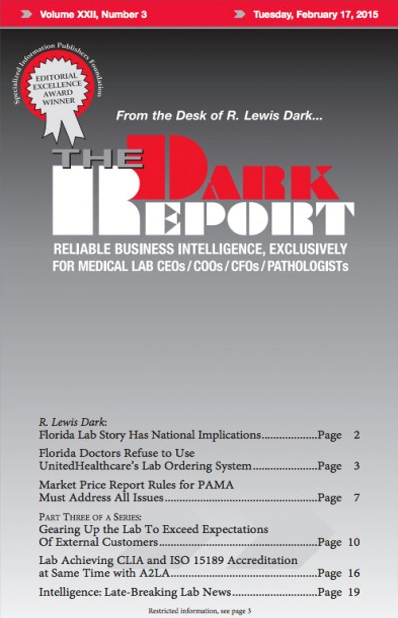CEO SUMMARY: This is the third installment of THE DARK REPORT’S description of the Laboratory Value Pyramid. It describes “Level Three: Deliver Value that Exceeds Expectations.” This is the level where the laboratory organization now shifts its emphasis from internal operation of the lab to external; to how it contributes added value to its parent hospital and the healthcare community it serves. Level three is where the lab organization can position itself as a recognized contributor to improved patient outcomes that also lower the cost of healthcare.
To access this post, you must purchase The Dark Report.


